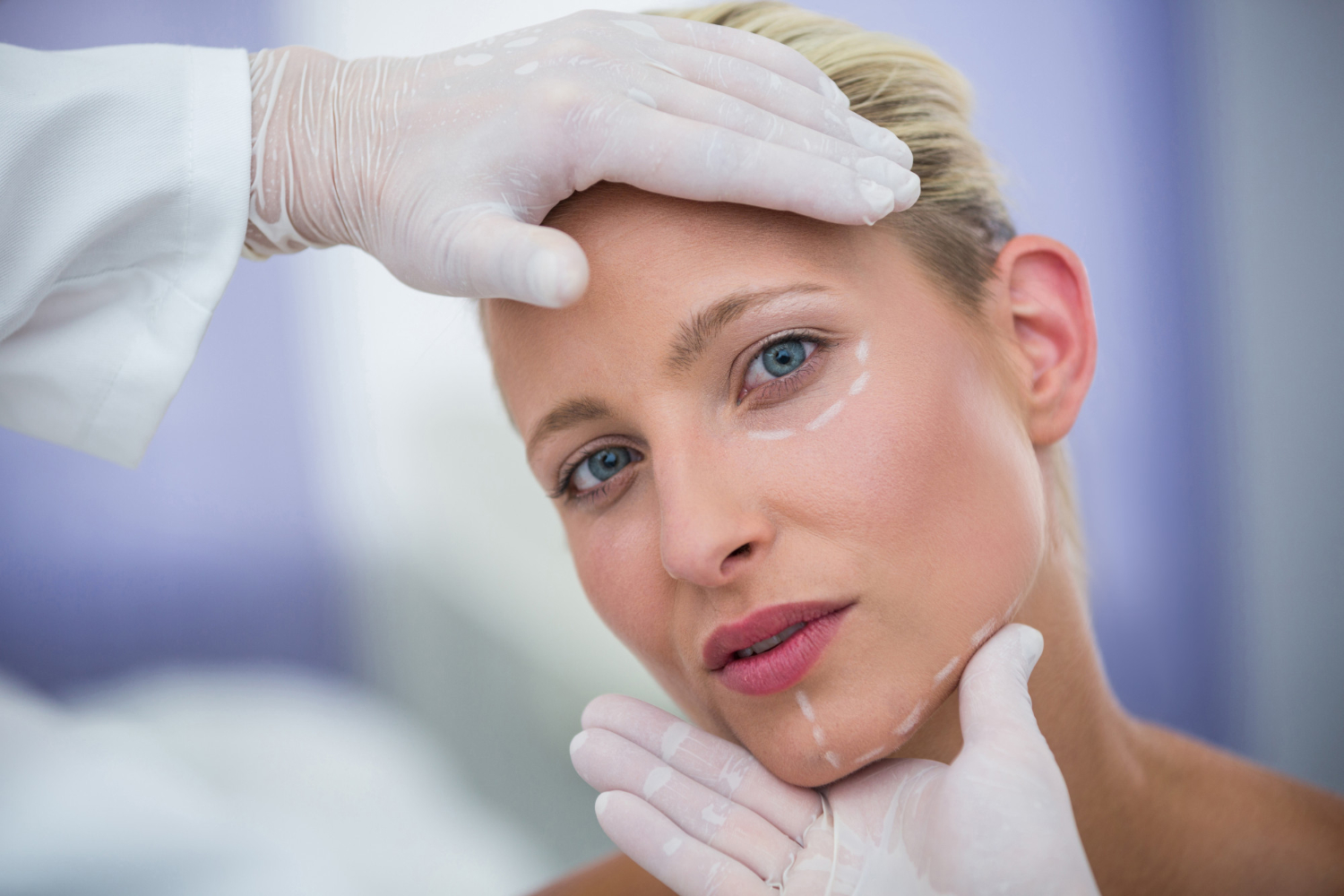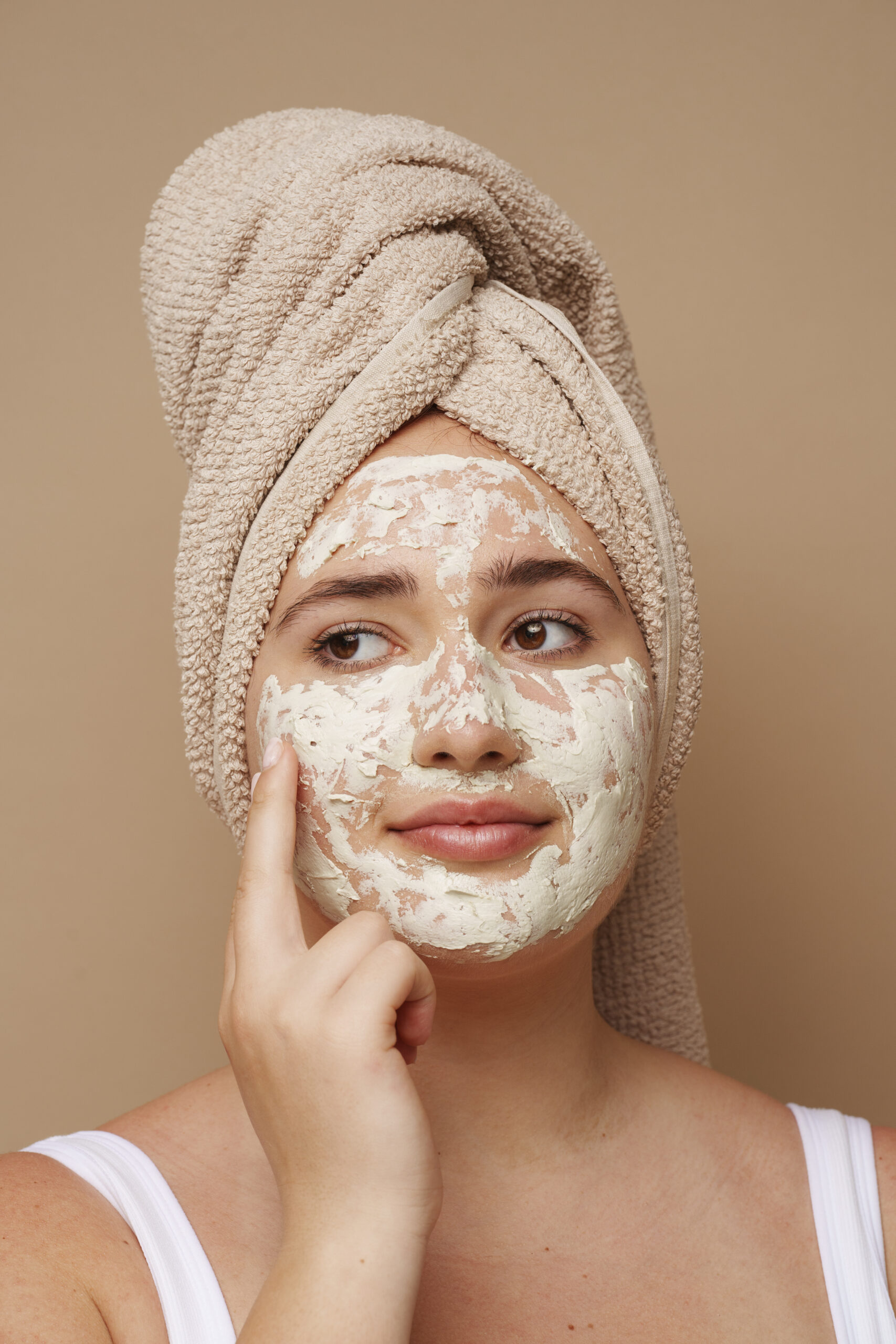Effective Treatment for Sagging Facial Skin

Effective Treatment for Sagging Facial Skin
Table of Contents
The passage of time inevitably leaves its mark on our skin and one of the most visible signs of aging is sagging facial skin. As we age the skin loses elasticity and collagen the structural proteins that provide firmness and support diminish leading to a loss of definition particularly around the cheeks jawline and neck. While this is a natural process many individuals seek effective treatment for sagging facial skin to restore a more youthful and lifted appearance.
This comprehensive guide will delve into the myriad of treatment options available for addressing sagging facial skin encompassing both non surgical and surgical approaches. We will explore the science behind each treatment discuss their effectiveness potential benefits risks and suitability for different degrees of skin laxity.
From minimally invasive energy based therapies and injectables to more extensive surgical procedures we will navigate the landscape of treatment for sagging facial skin providing detailed information to empower you to make informed decisions about the best course of action for your individual needs and aesthetic goals all while maintaining a natural and engaging tone without the interruption of unnecessary hyphenation in our exploration of facial rejuvenation.
Understanding the Descent The Underlying Causes of Sagging Facial Skin
Before exploring treatment for sagging facial skin it’s crucial to understand the underlying factors that contribute to this common sign of aging. Addressing these root causes can inform both preventative measures and treatment strategies.
- Collagen and Elastin Loss The Structural Breakdown: Collagen a fibrous protein provides strength and support to the skin while elastin allows it to stretch and snap back. As we age the production of both collagen and elastin1 naturally declines leading to a loss of skin firmness and elasticity a primary driver of sagging facial skin.
- Gravity The Constant Downward Pull: The relentless force of gravity constantly pulls down on our skin and underlying tissues. Over time this constant downward pressure contributes to the descent of facial features and the development of sagging facial skin particularly along the jawline and neck.
- Fat Pad Atrophy and Redistribution The Loss of Volume and Support: Facial fat is distributed in compartments that contribute to the youthful contours of the face. With age these fat pads can atrophy (shrink) and shift downwards leading to a loss of volume in the cheeks and temples and the accumulation of fat in the lower face contributing to sagging facial skin.
- Bone Resorption The Skeletal Changes: The underlying facial bones also undergo changes with age including resorption or loss of bone density. This loss of skeletal support can further contribute to the sagging of the overlying soft tissues and skin.
- Environmental Factors The External Aggressors: External factors such as prolonged sun exposure without adequate protection smoking and pollution can accelerate the breakdown of collagen and elastin exacerbating sagging facial skin. UV radiation is a major culprit in premature aging and skin laxity.
- Lifestyle Choices The Impact of Habits: Factors like poor nutrition chronic stress and lack of sleep can also negatively impact skin health and contribute to premature aging including sagging facial skin.
Non Surgical Solutions Gentle Approaches to Address Mild to Moderate Sagging
For individuals with mild to moderate sagging facial skin a variety of non surgical treatments can offer noticeable improvement by stimulating collagen production tightening existing collagen and providing a subtle lift without the downtime and risks associated with surgery.
- Radiofrequency (RF) Therapy The Collagen Boosting Energy: Radiofrequency treatments use electromagnetic waves to heat the deeper layers of the skin stimulating collagen and elastin production. This2 can lead to skin tightening and a subtle lift over time making it a popular treatment for sagging facial skin. Devices like Thermage and Pelleve deliver RF energy. Multiple sessions are usually recommended for optimal results.
- Ultrasound Therapy (HIFU) The Deep Lifting Power: High Intensity Focused Ultrasound (HIFU) delivers focused ultrasound energy to the deeper layers of the skin and even the superficial musculoaponeurotic system (SMAS layer) the same layer tightened during a surgical facelift. HIFU can stimulate collagen production and provide a more significant lifting effect compared to RF making it a more intensive non surgical treatment for sagging facial skin. Ultherapy is a well known HIFU device. Typically fewer sessions are needed compared to RF.
- Microneedling with Radiofrequency (RF Microneedling) The Dual Action Rejuvenation: This treatment combines the benefits of microneedling which creates tiny controlled injuries in the skin to stimulate collagen production3 with the skin tightening effects of radiofrequency energy delivered through the microneedles. RF microneedling can improve skin texture firmness and provide a noticeable reduction in sagging facial skin. Morpheus8 and Scarlet RF are popular RF microneedling devices. A series of treatments is usually recommended.
- Laser Skin Tightening The Focused Light Energy: Various types of lasers such as Nd:YAG and fractional lasers can be used to heat the skin and stimulate collagen production leading to skin tightening and improvement in sagging facial skin. The type of laser used will depend on the degree of skin laxity and the individuals skin type. Multiple sessions are typically required.
- Thread Lifts The Instant Lifting with Dissolvable Sutures: Thread lifts involve the insertion of dissolvable barbed sutures under the skin to physically lift and support sagging tissues. While the results are not as dramatic or long lasting as surgical options thread lifts can provide an immediate lift with minimal downtime making them a less invasive treatment for mild to moderate sagging facial skin. Silhouette InstaLift and NovaThreads are examples of thread lift systems.
- Dermal Fillers The Restoring Volume and Lift: While primarily used to restore lost volume dermal fillers can also indirectly improve the appearance of sagging facial skin by plumping up areas like the cheeks and temples providing structural support and a more lifted look. Hyaluronic acid fillers such as Juvederm and Restylane are commonly used. The results are temporary lasting from several months to over a year depending on the type of filler used.
- Neuromodulators (Botox Dysport Xeomin) The Smoothing and Subtle Lifting: While not directly treating sagging skin neuromodulators like Botox can relax muscles in the neck and jawline that contribute to a downward pull. By strategically relaxing these muscles a subtle lifting effect can be achieved indirectly improving the appearance of sagging facial skin in the lower face and neck. The effects are temporary typically lasting three to four months.
- Topical Retinoids The At Home Collagen Boost: Prescription strength retinoids and even some potent over the counter retinol products can stimulate collagen production and improve skin elasticity over time helping to address mild sagging facial skin and prevent further laxity. Consistent and long term use is key to seeing results. Brands like SkinCeuticals Obagi and The Ordinary offer various retinol formulations.
Surgical Solutions The Gold Standard for Significant Skin Laxity
For individuals with moderate to severe sagging facial skin surgical procedures remain the most effective and long lasting treatment options providing a more significant lift and contouring.
- Facelift (Rhytidectomy) The Comprehensive Rejuvenation: A facelift is a surgical procedure that involves lifting and tightening the underlying facial muscles and tissues removing excess skin and redraping the remaining skin to create a smoother more youthful contour. Different types of facelifts target specific areas of the face and neck such as a full facelift mid facelift or mini facelift. It is the gold standard treatment for significant sagging facial skin offering the most dramatic and long lasting results.
- Neck Lift (Platysmaplasty) Addressing Neck Sagging and Bands: A neck lift focuses specifically on the neck area addressing sagging skin loose muscles (platysmal bands) and excess fat. It is often performed in conjunction with a facelift to achieve overall facial rejuvenation. Techniques can involve tightening neck muscles removing excess skin and liposuction to contour the neck.
- Brow Lift (Forehead Lift) Lifting the Upper Face: Sagging skin on the forehead and brows can contribute to a tired and aged appearance. A brow lift surgery addresses this by lifting the brows and reducing forehead wrinkles indirectly improving the overall facial appearance and the look of the upper face which can complement treatment for sagging facial skin in the lower face.
- Eyelid Surgery (Blepharoplasty) Rejuvenating the Eyes: While not directly addressing sagging facial skin around the cheeks and jawline eyelid surgery can significantly rejuvenate the upper and lower eyelids removing excess skin and fat that can contribute to a tired and aged look. This can enhance the overall facial rejuvenation achieved with other treatments for sagging facial skin.
Choosing Your Path Tailoring Treatment to Your Individual Needs
The best treatment for sagging facial skin will depend on several factors including the degree of skin laxity your individual anatomy your desired outcome your budget and your tolerance for downtime. Consulting with a qualified and experienced dermatologist or plastic surgeon is crucial for a thorough evaluation and personalized treatment recommendations.
They can assess your skin elasticity facial structure and discuss the various options available explaining the potential benefits risks and expected results of each to help you make an informed decision that aligns with your goals and expectations.
Maintaining Your Results Long Term Strategies for Sustained Firmness
Regardless of the treatment chosen maintaining the results is essential for long lasting rejuvenation. Adopting a healthy lifestyle and a consistent skincare regimen can help to preserve the firmness and youthful appearance of your skin.
- Sun Protection The Ultimate Anti Aging Weapon: Consistent use of broad spectrum sunscreen with a high SPF is paramount to protect your skin from further collagen and elastin breakdown caused by UV radiation.
- Healthy Lifestyle Nourishing Your Skin from Within: A balanced diet rich in antioxidants regular exercise adequate hydration and sufficient sleep contribute to overall skin health and can help to slow down the aging process.
- Consistent Skincare Routine Maintaining Collagen and Elasticity: Continue with a consistent skincare routine that includes gentle cleansing regular exfoliation moisturizing and the use of topical retinoids to support collagen production.
- Consider Maintenance Treatments Periodic Touch Ups: Depending on the non surgical treatments you choose periodic maintenance sessions may be recommended to sustain the results. Discuss a maintenance plan with your dermatologist.
Conclusion: Embracing Rejuvenation and Restoring Confidence
Treatment for sagging facial skin offers a wide spectrum of options from gentle non invasive techniques to more transformative surgical procedures. Understanding the causes of skin laxity exploring the various treatment modalities and consulting with qualified professionals are essential steps in choosing the best path to rejuvenation.
Whether you opt for subtle tightening with energy based therapies a lift with threads or a more significant change with surgery the goal is to restore firmness enhance your natural contours and ultimately boost your confidence in your appearance without the need for hyphenated hesitations in your pursuit of a more youthful you.
Frequently Asked Questions FAQ Treatment for Sagging Facial Skin
Q: At what age does facial skin typically start to sag?
A: While the exact age varies depending on genetics lifestyle and environmental factors noticeable sagging facial skin often becomes more apparent in the late 30s to 50s as collagen and elastin production naturally declines.
Q: Can facial exercises help with sagging skin?
A: While facial exercises may improve muscle tone there is limited scientific evidence to suggest they significantly reduce sagging facial skin which is primarily due to loss of elasticity and collagen.
Q: Are non surgical treatments for sagging skin as effective as surgery?
A: Non surgical treatments can provide noticeable improvement for mild to moderate sagging but they typically do not offer the dramatic and long lasting results of surgical procedures like a facelift.
Q: What is the downtime associated with non surgical skin tightening treatments?
A: Downtime for non surgical skin tightening treatments is generally minimal ranging from no downtime to a few days of mild redness or swelling depending on the specific treatment.
Q: How long do the results of non surgical skin tightening treatments last?
A: The results of non surgical skin tightening treatments are temporary lasting from several months to a year or more depending on the treatment the individuals skin and lifestyle factors. Maintenance treatments are often recommended.
Q: What are the risks associated with surgical treatments for sagging facial skin?
A: Surgical treatments carry potential risks such as scarring infection bleeding nerve damage and anesthesia related complications. A thorough consultation with a qualified surgeon is essential to discuss these risks.
Q: How long is the recovery period after a facelift?
A: Recovery after a facelift can vary but typically involves several weeks of swelling bruising and discomfort. It may take several months to see the final results.
Q: Can dermal fillers lift sagging skin?
A: While dermal fillers primarily restore volume they can indirectly lift mild sagging by providing structural support to areas like the cheeks and temples. The lifting effect is temporary.
Q: Is there a best non surgical treatment for sagging facial skin?
A: The best non surgical treatment depends on the degree of sagging the individuals skin type and their specific goals. A consultation with a dermatologist is recommended to determine the most suitable option.
Q: How can I prevent sagging facial skin?
A: Prevention strategies include consistent sun protection a healthy lifestyle avoiding smoking managing stress and using topical retinoids to support collagen production.











